Last week’s post featured photos from the Oberbaum Bridge as an introduction to Berlin’s above-ground “Underground” stations. This time we’re taking a look at some more of these above-ground stations, with a focus on the U3 Line. If I had to pick my favorite U-Bahn line, the U3 would probably be it. Not only does it include some of the system’s oldest stations, it has a great mix of beautifully designed underground stations and tree-lined above-ground stations.
Trains are plentiful in the German city of Berlin, with the both the S-Bahn, and the U-Bahn, along with all the other longer distance trains that pass through. There is a general misconception that the S-Bahn is all above-ground, and the U-Bahn all underground (after all, the U does stand for untergrund), but despite that moniker, the U-Bahn has plenty of stations that catch the rays of the sun.
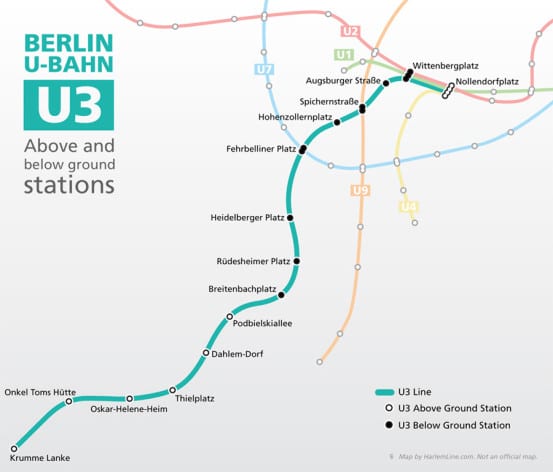
Map of the U3 Line, showing the above and below ground stations.
The U3 Line starts at Nollendorfplatz station, which has trains running not only above ground, but above street level on a viaduct (the station serves four lines, so some do in fact operate underground). The above-ground portion of the station is known for its glass dome, a replica of the original that was destroyed in the war. Continuing on, the next noteworthy station is Wittenbergplatz, which operates underground, but has an attractive station house above. The station itself opened in 1902, making it one of the oldest U-Bahn stations, but the above-ground entrance was completed several years later in 1913.
The U3 line operates underground until it reaches Podbielskiallee station – the final six stations on the line are all above ground. Dahlem-Dorf station, originally constructed in 1913, is modeled after an old German thatch-roofed farmhouse – not at all what you’d expect for a subway station. The station has caught fire not once, but twice, and was most recently restored in 2013. Beyond that is the equally attractive Thielplatz, with a charming brick station house, featuring a decorative clock.
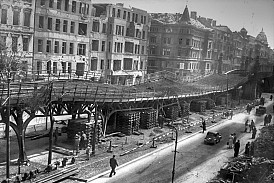 Â
 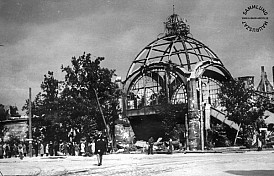 Â
 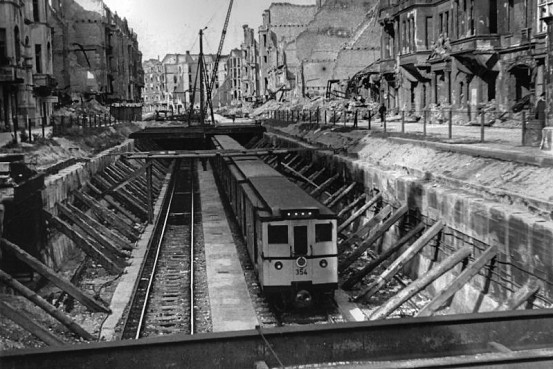 Â
 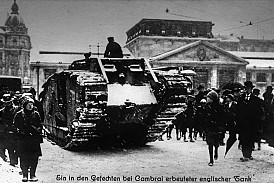 Â
 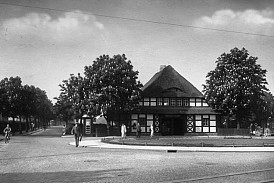 Â
 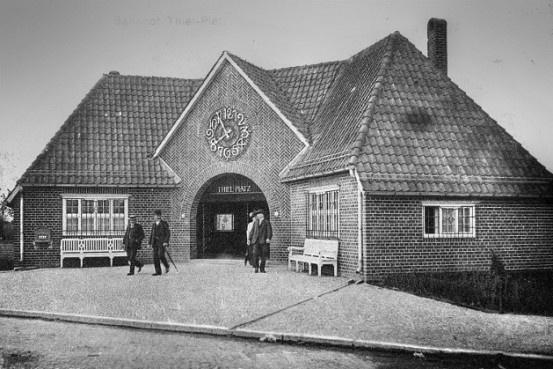
A historical look at the U3 line. Many of the stations along the line were impacted by war. Photographs from the Berlin U-Bahn Archive and the German Federal Archive.
Toward the end of the line is the amusingly-named Onkel Toms Hütte station. The name is a literal German translation of book title “Uncle Tom’s Cabin” by Harriet Beecher Stowe. As the story goes, a local owner of a beer garden named Tom constructed huts for patrons to enjoy. Apparently these little “Tom’s cabins” reminded people of the book, and entered the local lore. Though the beer garden is long gone, the name lives on through this U-Bahn station.
Anyway, here is a selection of photographs of the U3’s above-ground stations. Come back next week to check out the next part – a journey to some of the more attractive underground stops.

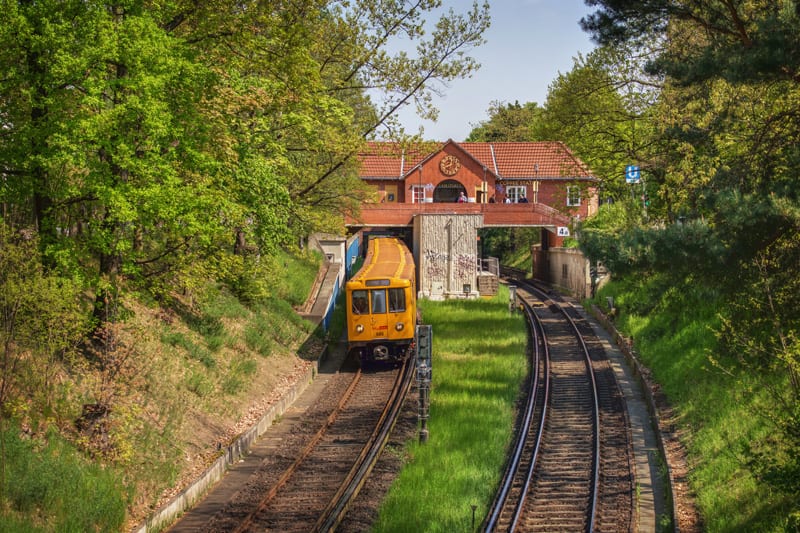
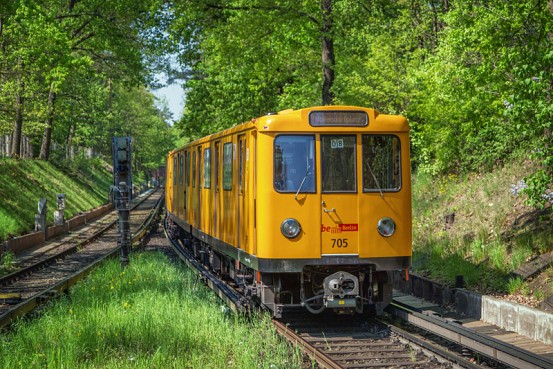
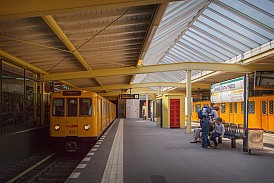
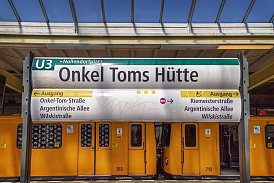

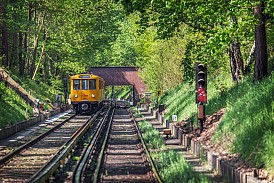
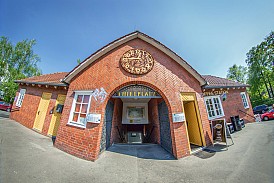
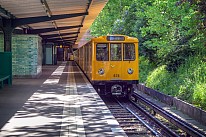


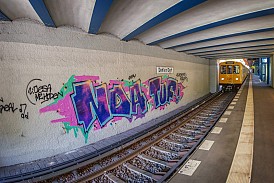
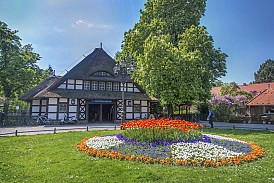
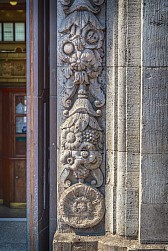
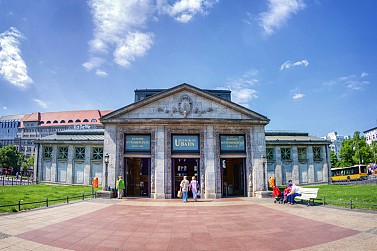
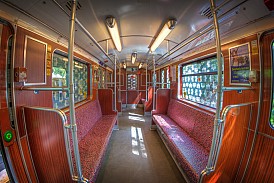
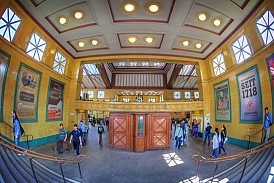
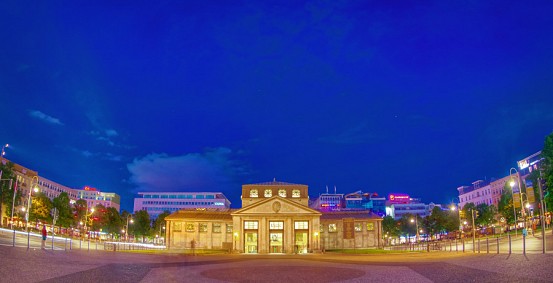
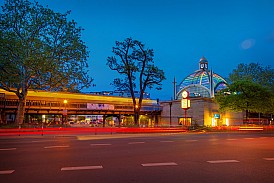
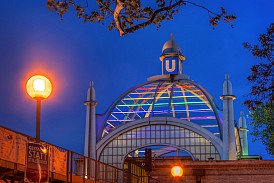
Wonderful pictures (though it’s discouraging to see the graffiti).
Berlin is full of of graffiti, an inheritance to its anarchistic past. Quite a lot of it is actually sanctioned, and even maintained by the local government. Not sure about this one, though. But you will hardly see any graffiti on trains or busses, luckily.
Graffiti is really ugly but the stations are absolutely gorgeous so I won’t let that put me off. Berlin shouldn’t be sanctioning graffiti though.
Graffiti is really ugly but the stations are absolutely gorgeous so I won’t let that put me off. Berlin shouldn’t be sanctioning graffiti though.
If we define “Railway” as a specific type of public transportation route , then the very first railway in the World to operate on electric powr was in Berlin in 1881; this was the “Gross- Lichterfelde Tramway” which operated as a public transportation system.
This first electric railway was engineered by Werner Von Siemens who utilized the tracks of a rail-line that originally had been laid for the transportation of construction materials. One rail was “Positive D. C.” and the other was “Negative D.C,”